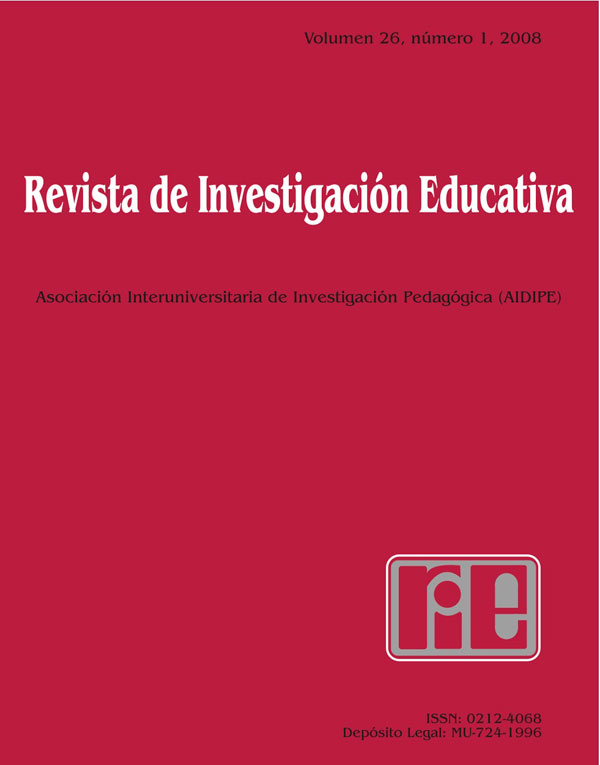Análisis comparado entre los resultados de una evaluación continua y otra puntual. El caso de la asignatura de macroeconomía.
Abstract
Several changes are happened in the education, specially in the higher education. These changes influence in the organization and in the teaching methodology. In that case, the traditional methodology is being substituted by a new active one, in which, students are the focus of the learning process and, where the aim is not learning by memory, but to develop the competences which prepare them to work in the labor market. In the new methodology the evaluation system has a very important place, so with this paper we will try to answer some questions that every teachers do. What a continuous assessment system consist in? Which advantages has a continuous evaluation system compared with a traditional one? Is the continuous evaluation system better for the learning of the students? In order to answer these and others questions, we offer a comparative analysis about the results we have obtained in the subject of Macroeconomics in Business Certificate (San Pablo University) with two different assessment systems, one of them continuous, and the other punctual.Downloads
The articles and scientific documents published in RIE abide the following conditions:
1. The Servicio de Publicaciones de la Universidad de Murcia (the publisher) has the property rights (copyright) of all the documents published and allows the reuse under the user’s license indicated in point 2.
2. All documents are published in the digital edition of RIE under a Creative Commons Reconocimiento-NoComercial-SinObraDerivada 3.0 España (legal document) license. These documents can be copied, used, distributed, communicated and explained publicly if: i) the author(s) and its original source of publishing (magazine, publisher and URL of the document) are cited; ii) it is not used for commercial purpose; iii) the existence and the specifications about this license are mentioned.
3. Auto-archive’s conditions. The authors are allowed and encouraged to digitally distribute the pre-print versions (a version before evaluation) and/or post-print (a version that it is already evaluated and accepted to its publication). This promotes circulation and distribution earlier and can increase the citations and significance within the academic community.










